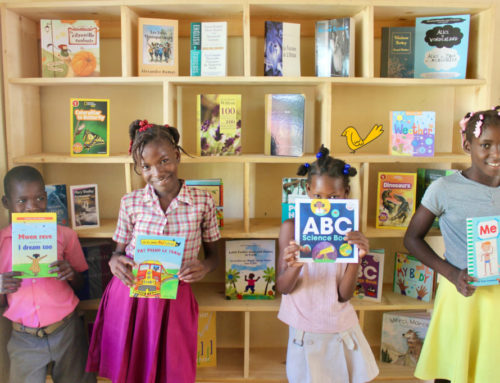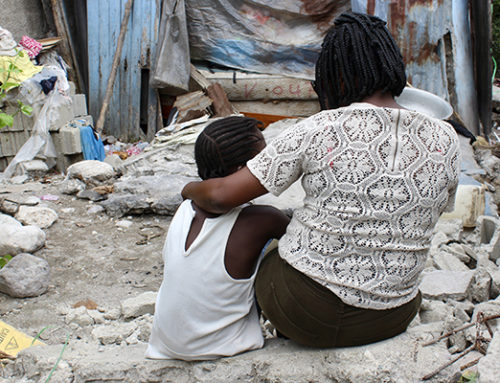
If you’re an average American, the mention of “Creole” or “Cajun” will likely make you think of Cajun food, New Orleans, or the Creole language. However, these two terms stand for much more than gumbo and Mardi Gras. Assuming otherwise might even be downright offensive to some listening ears.
What Does “Cajun” Mean?
Cajun refers to a group of people and a culture rather than just a spicy cuisine. Cajuns are French colonists who settled far, far from Louisiana and the Caribbean – all the way up into Canada! When the British took over Canada in 1713, the Cajuns — at that time known as Acadians — began making their way to the Louisiana territories and the West Indies. In Louisiana, they became known as Cajuns and they began to develop their own culture completely separate from Great Britain, France, and Canada.
What does “Creole” mean?
Creole is much more difficult to define. Creole references a group of people, just as Cajun does, but in a different way. Creole generally refers to individuals born in Louisiana with a mix of French, Spanish, African, and Caribbean heritage. Creole culture includes its own cuisine, celebrations, and language.
Where You Can Spot the Difference
Unless you are intimately acquainted with the languages and the cultures, however, you might not be able to spot the differences between Creole and Cajun. There’s one way to spot them otherwise: the gumbo. Creole gumbo has okra, tomato, and a variety of meats and seafood. Cajun gumbo, conversely, never mixes meat and seafood, and the okra is normally not included.
What Does All This Have To Do With Haiti?
The Creole language you might find in Louisiana actually has its roots in Haiti where languages of African tribes, Caribbean natives, and French colonists all mixed together to form one unique language. When the Haitian Revolution occurred in the early 1800s, the newly-freed slaves, rather than taking on the language of their captors as they formed their new government and identity, instead began developing Haitian Creole into a full language with its own linguistic system. It’s said that Haitian refugees took the language with them to Louisiana (while it was still a colony) where Haitian Creole simply became Creole.
Some linguists worry that Louisiana Creole is slowly dissolving, forgotten by time and the modern era, but this definitely isn’t happening with Haitian Creole. Instead, Haitian Creole has flourished, existing in isolation from other languages and thus preserving it from pollution.
Now, Haitian Creole is spoken all throughout Haiti, by nearly all its residents. There are newspapers that print in Haitian Creole and television stations that broadcast in Haitian Creole. It’s the language used in schools to teach basic skills, such as reading, writing, and mathematics.
However, just as this unique language can be used as a tool and a source of pride for the Haitian people who have held on so dearly to their culture, it can also be used as a means to keep the poor poor. Those who do not have access to learning the Haitian national language and who are kept illiterate are forced into a cycle of poverty often leading to domestic slavery, such as the restavek system.
One of the primary ways Restavek Freedom fights slavery in Haiti is via education. We want to ensure that each child has access to the resources and tools needed to escape poverty. Click here to learn more about how we make this happen and how you can get involved!









